VISIT THE CATALUÑA -OR- CATALONIA WINE REGION OF SPAIN
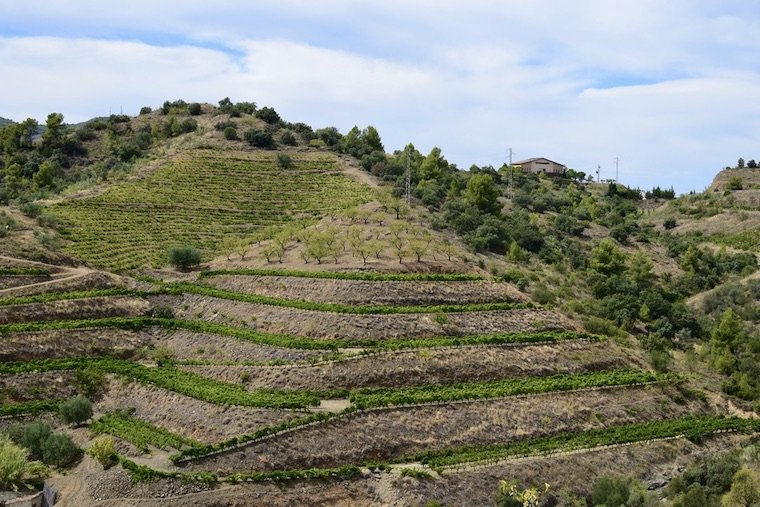
The vineyards of Catalonia’s Priorat wine region
Photo source: Winekeller
Our wine tour experiences in Catalonia:
Cataluña - or - Catalonia Spain: an introduction
The Spanish wine region of Cataluña - also often spelt Catalunya and in English, Catalonia - lies on the Mediterranean coast in north-east Spain, with the vibrant city of Barcelona at its centre. The Roussillon wine region in south-west France also forms part of the wider Cataluña region.
The Catalonia region comprises four provinces: Barcelona, Gerona/Girona/, Lérida/Lleida, and Tarragona and is responsible for approximately 25% of total Spanish wine production. Half of Catalonia's wine production is the famous Spanish sparkling wine, Cava.
Catalonia history and Catalonia independence
This is a region with a long winemaking tradition and trading history, focused around the city of Barcelona. Its people are extremely proud of Catalan history, language, culture and traditions. Its incorporation into Spain has not been without its challenges and many still desire autonomy and independence. Catalan people tend to consider themselves Catalan, not Spanish.
Catalonia vineyards
The climate in Catalonia is strongly influenced by the Mediterranean. The coastal area is warm, with higher than average rainfall, but the more inland you go, the hotter and drier it becomes.
There are 10 different DOs in Catalonia, more than in any other part of Spain and each one produces distinctive wines, driven by the different climates across the region.
These include: Alella, Empordà, Conca de barberá, Costers del segre, Montsant, Penedès, Pla de bages, Priorat, Tarragona, and Terra alta.
There is also a region-wide ‘Cataluña’ DO. The most widely known and celebrated DOs are Penedès, Priorat and Montsant.
Map of Catalonia
Priorat vineyards
Cava vineyards - Penedès
Montsant vineyards
Catalonia wines
Much of Spain is known for its red wines, but it’s white wines which really thrive in Catalonia.
Catalonia white wines: In terms of still white wines, the 3 main grape varieties are Parellada, Macabeo and Xarel-lo, which are also blended to create Spanish Cava. Chardonnay is also blended.
Catalonia red wines: Red wines, often dry and tannic, are usually made from Tempranillo, Cariñena and Garnacha grapes. International grape varieties include Cabernet, Cabernet franc and Merlot.
Penedès region - Penedès Cava - Spanish sparkling wine
30 minutes west of Barcelona, Penedès is the most important Catalonia DO in terms of quantity and it is the centre of the Cava industry.
In 1870, winemaker José Raventos began making Spanish sparkling wine by the traditional method in the town of Sant Sadurni d’Anoia - and went on to create Codorníu, the huge Cava brand. This set the stage for Catalonia to be a major force in Spanish wine.
Then in the 1960s and 1970s, trailblazers such as Jean León and Miguel Torres, the Catalan wine giant, were responsible for leading a lot of the growth in the production of still wines, through planting new international grape varieties, alongside the indigenous grape varieties. In the 1980s Penedès was one of the most dynamic, varied wine regions in Spain.
Priorat wine
The Priorat wine region, located an hour south of Tarragona, is one of Spain's only 2 wine regions to qualify as a top quality DOCa wine producing region and produces some wonderfully concentrated, deeply scented red wines and also some of Spain’s highest priced wines.
Priorat is one of the world’s few first-class wines to be made from Garnacha (Grenache) and Mazuelo/Cariñena vines.
Carthusian monks established a priory here in the 12th century (Priorat comes from the word Priory) and vines were planted in the poor, stony soils here, known as ‘llicorella’. Over the centuries that followed, grape yields were low, due to the poor soil and the challenges in farming the steep terraces. This resulted in smallholdings being abandoned and the rural population gradually moving away. In the 1990s however all of this turned around when it became clear that these poor soils and the low grape yields could produce incredibly special and very concentrated wines.
Farming is still a challenge here today, with many of the vineyards located on very steep hillsides and terraces, however there are over 100 bodegas producing some exceptional wines here and some 2000 hectares of vineyards.
Monsant region
The Monsant DO is located on the south side of the Priorat vineyards, but at a higher altitude and with very different soils. They produce some great, dry, spicy red wines.
The Catalonia cork industry
Catalonia has long been an important centre of cork production and is a particularly important source of corks for sparkling wines.
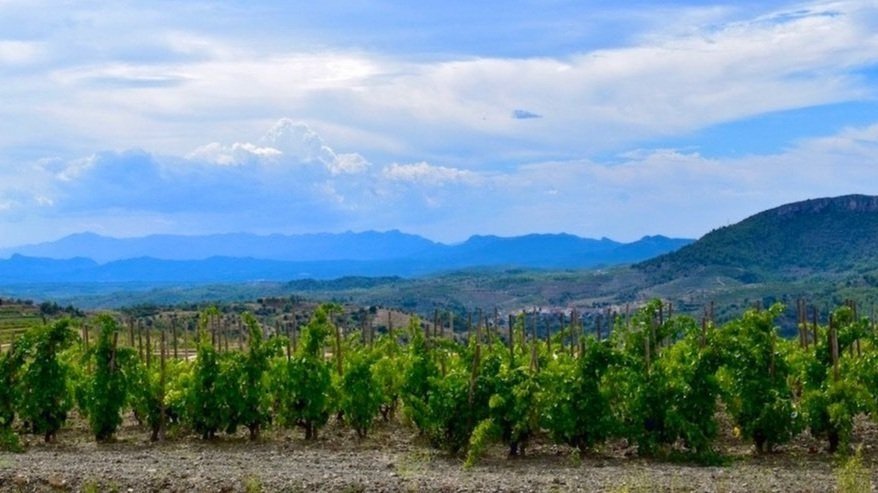
Priorat vineyards, Catalonia
Travel guide - What to see and do in Spain's Catalonia region
Catalonia is one of Spain’s most popular destinations and it isn’t difficult to understand why. It offers spectacular Mediterranean beaches as well as mountains, a thriving capital city and cultural hotspot Barcelona, the works of famous artists such as Gaudí and Dalí, a wide range of natural scenery, unique festivals and traditions, a wealth of historic World Heritage Sites, world-class gastronomy and of course, a world-famous football team, Barça!
How to get to Catalonia
The main international airport serving Catalonia is Barcelona El Prat airport. Other regional airports include Girona, Reus and Lleida–Alguaire. The main train station in Barcelona is called Estació de Sants, but the most central ones are Plaça de Catalunya (most local and regional trains) and Passeig de Gràcia (serving some local and most long-distance lines).
Barcelona is very well connected by train with Madrid and with the whole country in general.
Mediterranean beaches - best beaches in Catalonia
Visitors to Catalonia in northeast Spain can enjoy the spectacular beaches of the Costa Dorada (sandy beaches) and Costa Brava (rocky cliffs and sandy/pebble beaches), with renowned resorts including Salou, Sitges, Tossa de Mar, Cadaqués, Lloret de Mar and Roses.
Mountain fun and scenery
If you love outdoor sports and hiking in the mountains the Pyrenees are on your doorstep here. Tackle 3 popular mountain trails and visit Baqueira-Beret, the largest ski resort in Spain.
Very popular with Catalans, you can enjoy the superb scenery around the mountain range of Montserrat as well as visit the Santa Maria de Montserrat monastery.
The Monastery at Montserrat
The Costa Brava beaches
The stunning mountain scenery
Visit Barcelona and other key towns and cities in Catalonia
Barcelona, Spain’s 2nd city, is one of the most visited cities in the world. It is vibrant, colourful, cosmopolitan and manages to successfully combine charm and tradition with the latest trends, fashion, art, culture and creativity.
Barcelona is famous for its Art Nouveau architecture and a number of prominent buildings, of which the most-known are by the architect Antoni Gaudí, including his Sagrada Família, which has become the symbol of Barcelona.
The city also offers sandy beaches (Costa Barcelona) and green parks and a charming medieval old town.
When to visit Barcelona
Given the high humidity, the best time to visit Barcelona is from May to June and September-October. August is very hot, full of tourists and many shops and restaurants are closed.
For other useful information with help planning a visit to Barcelona, see Spain Tourism and Barcelona Tourist Guide.
Barcelona isn’t the only city to visit in Catalonia.
Also take time to visit Figueres and the Salvador Dalí Museum, where Dalí used to live; Girona, a lovely old town with an impressive Jewish quarter, close to the Costa Brava, Tarragona, the Roman capital, with lots of excellent Roman remains and architecture to explore and situated close to the beaches of the Costa Dorada and Sitges, situated just 35km south-west of Barcelona, a bustling coastal town, known for its beaches, nightlife, its annual Film Festival and Carnival and its lovely old town.
For more information about visiting Catalonia, visit the main tourism office.
Sitges Cathedral in the old town
Sights of Barcelona
The Roman architecture in Tarragona
What is traditional Catalan food?
Catalan food and gastronomy is recognised the world over and is a key part of any visit to the wine region of Catalonia!
Barcelona and its surrounding areas have become renowned internationally for food and the culture of eating and Catalonia is a must-visit location for food lovers. Its location on the Mediterranean coast means that seafood is in abundance here, but so too are vegetables such as tomatoes, red peppers, aubergines, mushrooms and artichokes - as well as pork predominantly, but also lamb. In Catalonia, it is common to be served both fish and meat on the same plate.
Fresh Catalan fish and vegetables
Pan con tomate
Pork sausage, beans & vegetables
Specialities include:
Pan con tomate (Pa Amb Tomaquet in Catalan) - bread rubbed with fresh tomatoes and drizzled with oil and salt
Butifarra - a kind of boudin blanc/white pudding used both in cooking and as a tapa
Escudellla - Catalan stew made with a piece of meat, beans, potatoes, cabbage and sometimes pasta. It is made into three courses of food: a broth, followed by the meat course, followed by the vegetable course
Esqueixada - a salad made with peppers, tomatoes, onions, red wine vinegar and shredded 'bacalao' (cod preserved in salt and soaked before serving)
Fideuas - like a seafood paella, but served with short noodles, rather than rice.
Suquet de Peix - a seafood stew with potatoes, garlic and tomato
Calçots - chargrilled baby spring onions served with romesco - a puré of ground almonds, tomato and olive oil
Escalivada - A warm side dish of grilled vegetables (normally aubergines, red peppers, onions and tomatoes) skinned and de-seeded and served with oil
Crema Catalana - similar to the French Crème Brulée - made with sugar, egg yolks and cinnamon and burnt on the top

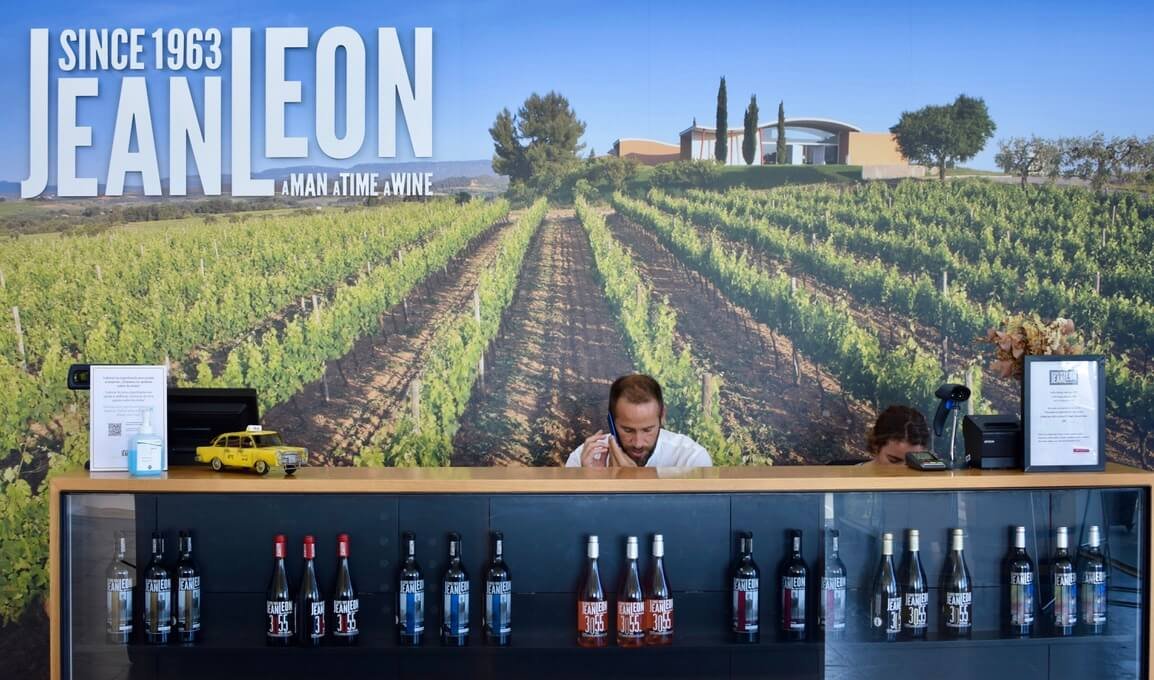

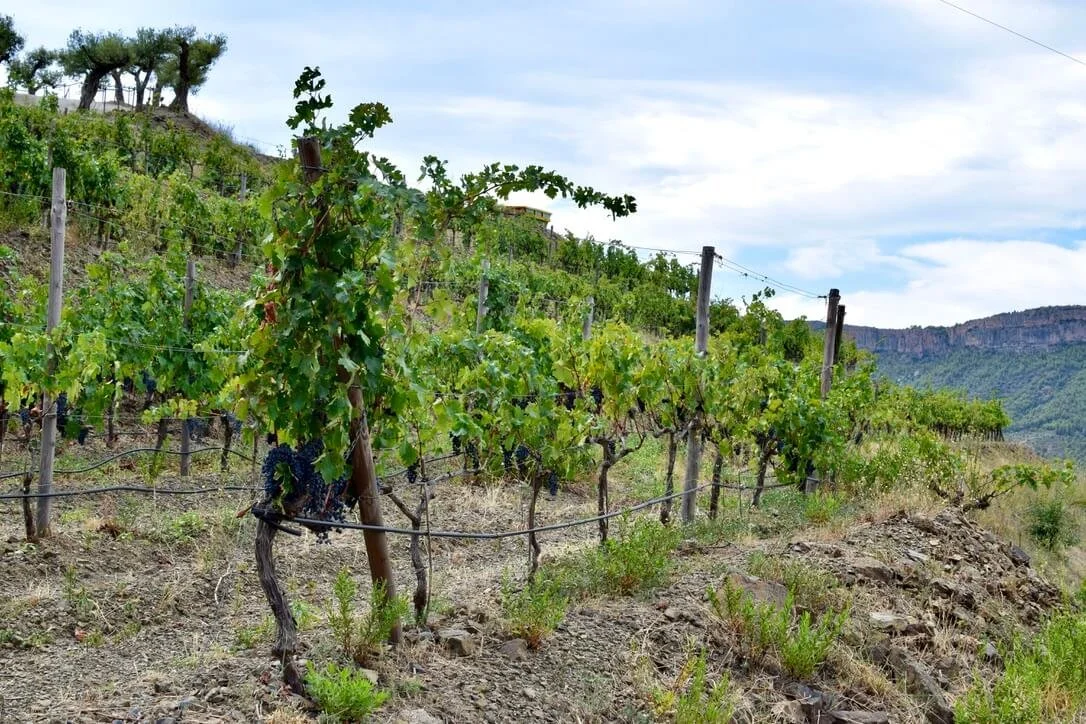
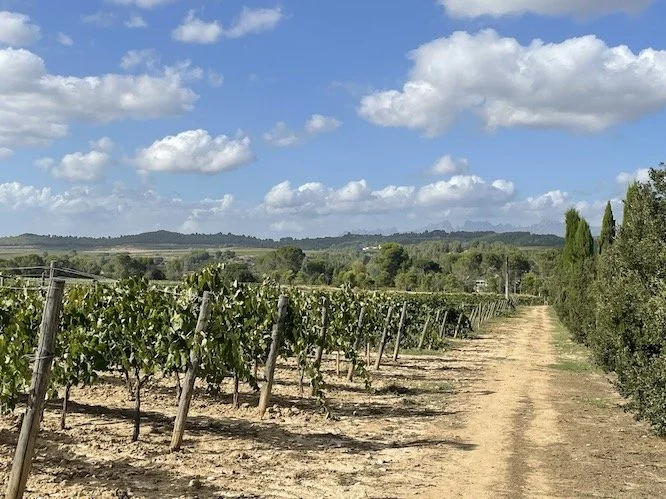

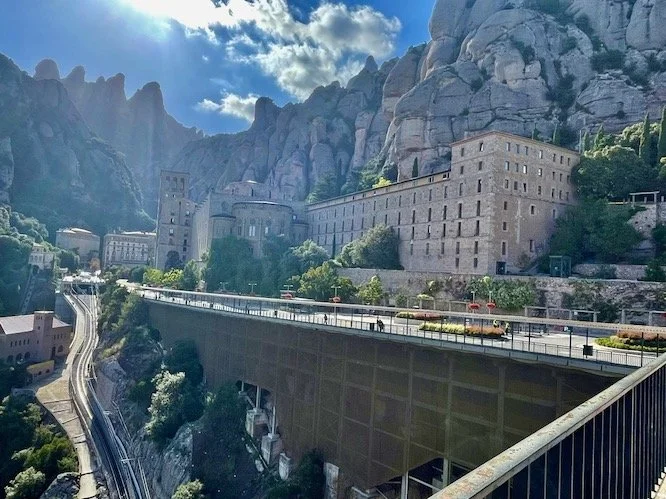
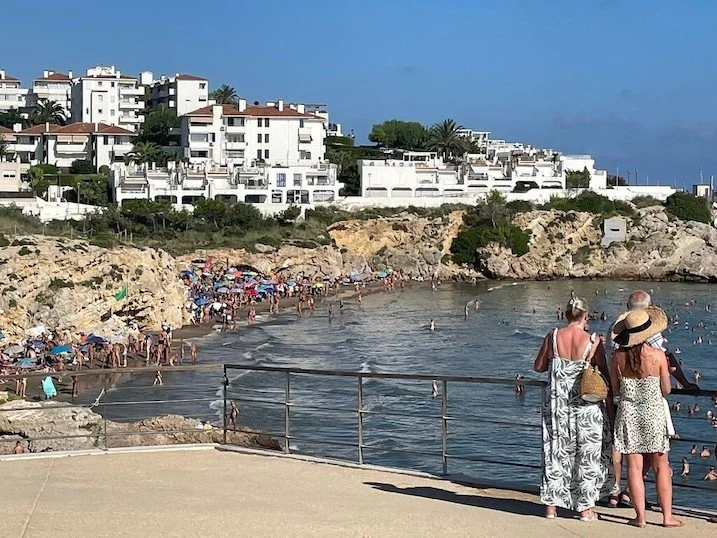
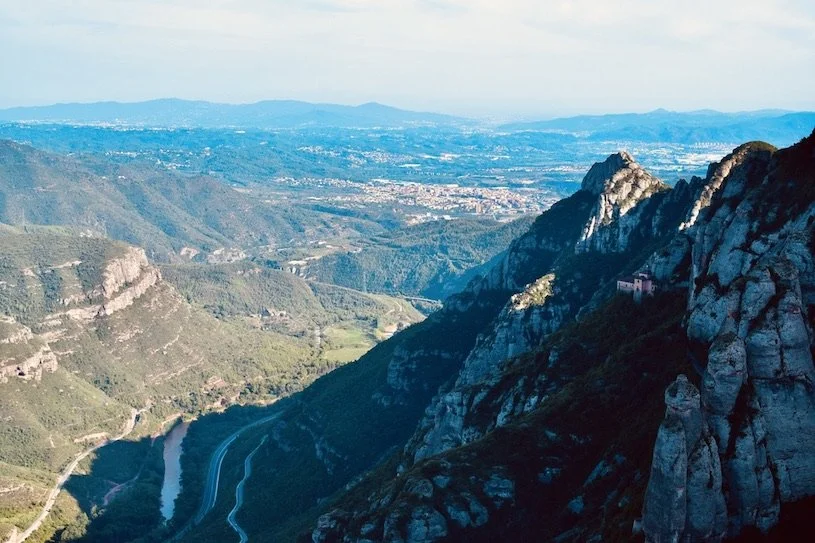
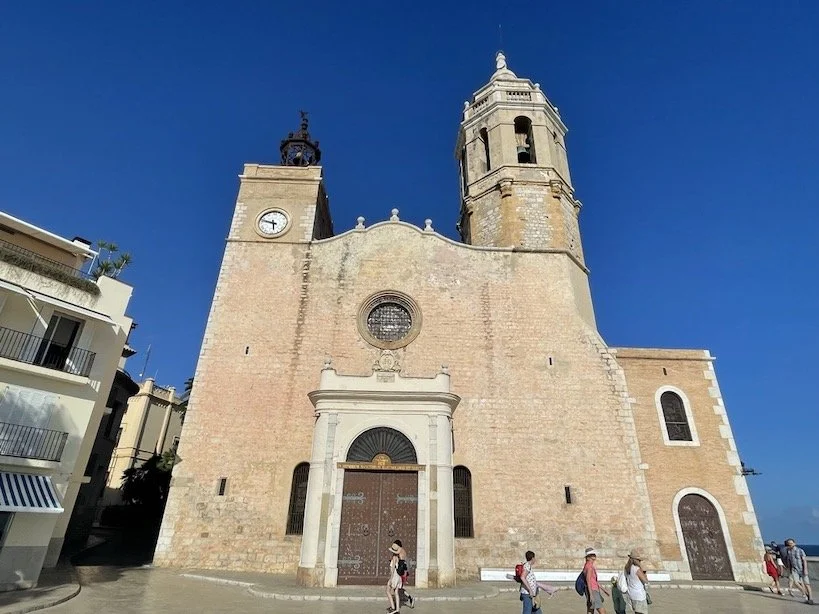
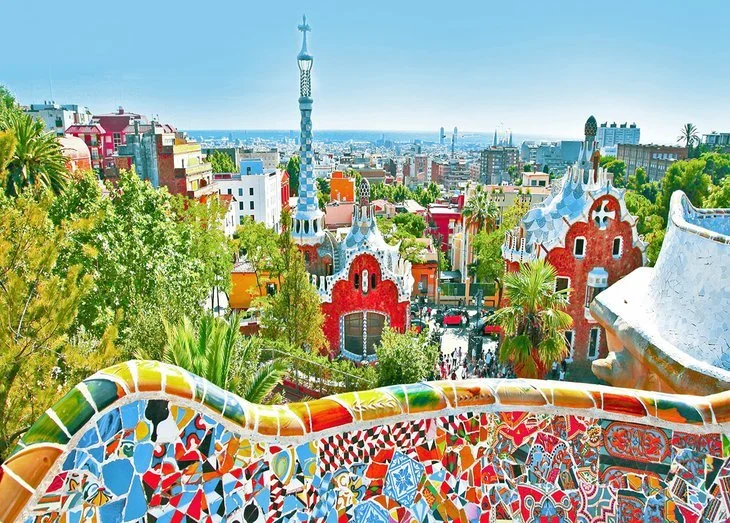
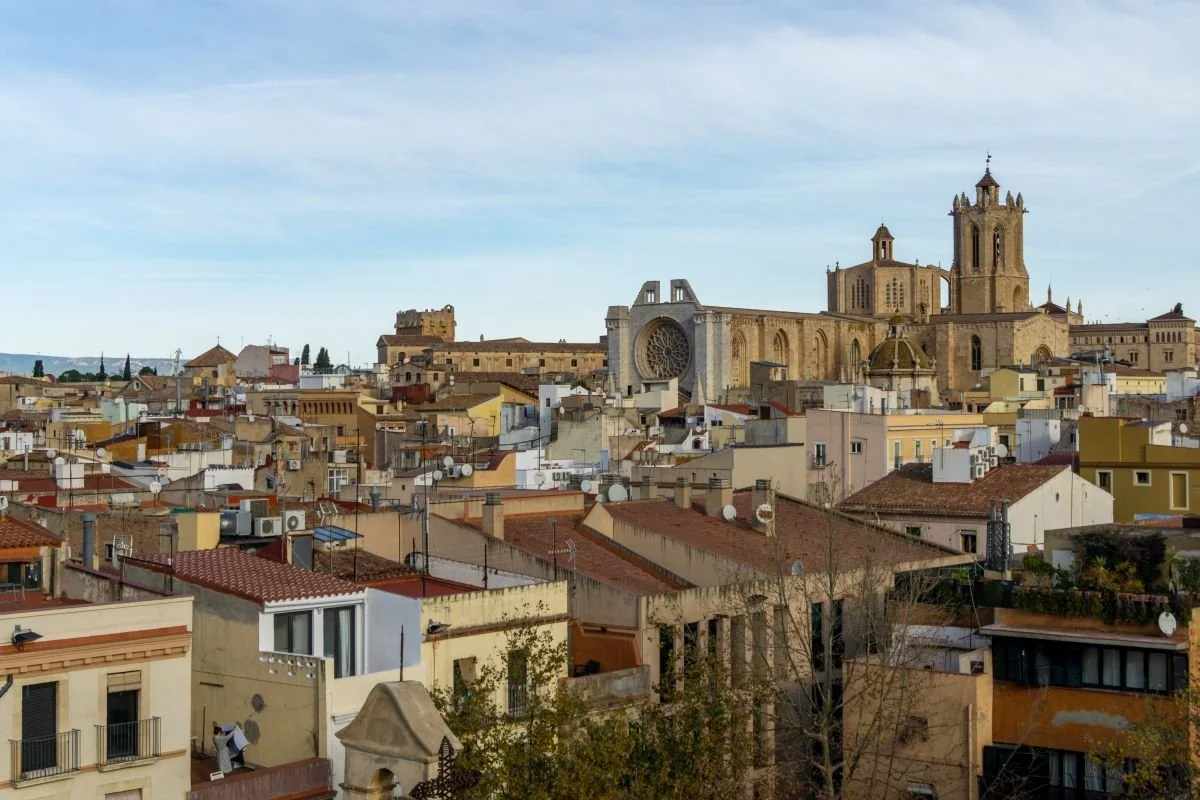


Priorat is a very special, beautiful and remote wine region in Spain’s Catalonia, with an incredible history and it also produces some of Spain’s most highly praised - and highly priced - wines…